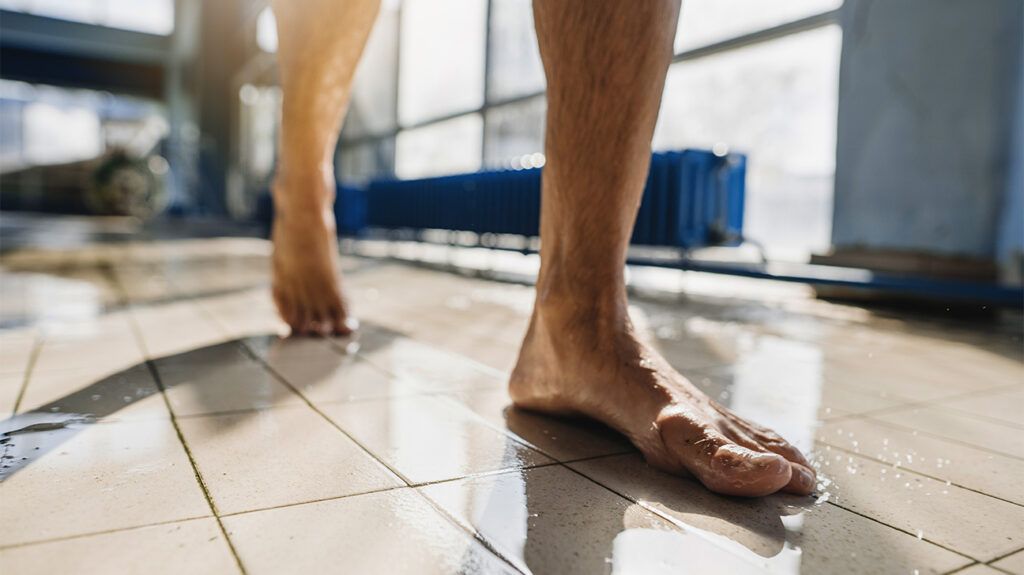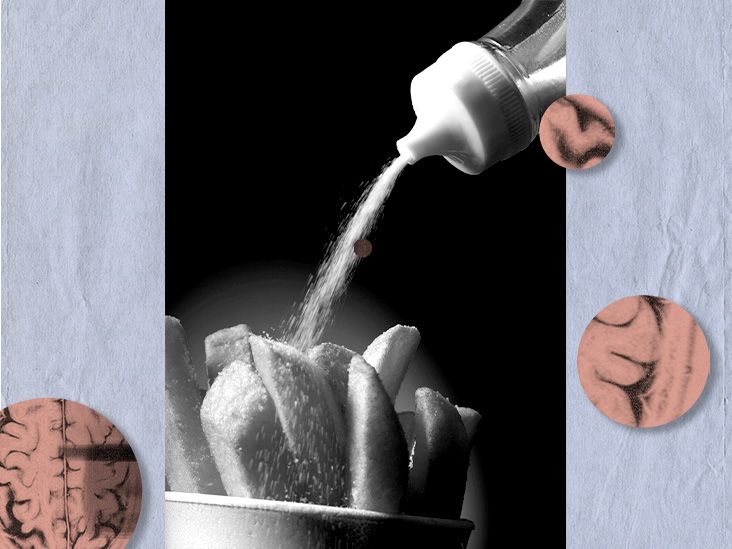Fungal infections, such as athlete’s foot and ringworm, occur when one type of fungal microbe becomes too prevalent in one area of the body so that the immune system cannot defeat it.
Like many microbes, there are helpful fungi and harmful fungi. When harmful fungi invade the body, they can be difficult to kill, as they can survive in the environment and re-infect the person trying to get better.
This article discusses some common fungal infections, their risk factors, and how to prevent them.

The symptoms of a fungal infection will depend on the type, but common symptoms include:
- skin changes, including cracking or peeling skin
- itching
The following sections describe some common types of fungal infections.
Tinea pedis or athlete’s foot is a common fungal infection that affects the foot.
Athlete’s foot is commonly associated with sports and athletes because the fungus grows perfectly in warm, moist environments, such as socks and shoes, sports equipment, and locker rooms.
However, anyone can develop athlete’s foot. It is most common in warmer climates and summer months where it can multiply quickly.
Athlete’s foot symptoms
The symptoms of athlete’s foot may vary slightly from person to person and can look red on lighter skin tones but appear dark brown on darker skin tones. Classic symptoms include:
- discoloration and blisters on the affected area
- the infected skin may be soft, or layers may start to break down
- peeling or cracking skin
- the skin may scale and peel away
- itching, stinging, or burning sensations in the infected area
Diagnosis and treatment of athlete’s foot
Doctors can often diagnose athlete’s foot based on appearance. Sometimes, they may scrape scaling skin and inspect it under a microscope for evidence of fungus.
Treatment for athlete’s foot may involve topical antifungal ointments, available to purchase over-the-counter (OTC) or online. Severe infections may require additional oral medications.
Vaginal yeast infections are a common form of Candida overgrowth in women, usually caused by Candida albicans.
An overgrowth of Candida disrupts the normal balance of the bacteria and yeast in the vagina. This imbalance of bacteria may be due to antibiotics, stress, hormone imbalances, high blood sugar, or unhealthy eating habits, among other things.
Candida infections can also commonly cause fungal toenail infections and diaper rash.
Symptoms of yeast infections
Symptoms of a yeast infection include:
- itching and swelling around the vagina
- burning sensations or pain during urination or intercourse
- redness and soreness on and surrounding the vagina
- unusual vaginal discharge, such as gray clumps that resemble cottage cheese or a very watery discharge
- a rash
It is important to treat yeast infections quickly to prevent symptoms from worsening.
Diagnosis and treatment of yeast infections
To diagnose a yeast infection, a doctor may ask about a person’s medical history, such as any previous yeast infections or sexually transmitted infections (STIs). They may also ask about their antibiotic use.
Doctors will then examine the vaginal walls and cervix for signs of infection, taking cells from the vagina if necessary for accurate diagnosis.
Treatment of yeast infections depends on their severity. Standard treatments include creams, tablets, or suppositories, which are available via prescription, over-the-counter, or online. Complicated infections may require complex treatments.
Tinea cruris, commonly known as jock itch, is another common fungal skin infection.
These fungi love warm and damp environments and thrive in moist areas of the body, such as the groin, buttocks, and inner thighs. Jock itch may be more common in summer or in warm, humid areas of the world.
Jock itch is mildly contagious and spreads through direct contact with someone with the infection or an object that is carrying the fungus.
Symptoms of jock itch
Symptoms of jock itch include:
- discolored, flaky, or scaly skin on the groin, buttocks, or thighs, which can be red or pink on lighter skin tones and gray or brown on darker skin
- chafing, irritation, itching, or burning in the infected area
- a rash with a circular shape and raised edges
Diagnosis and treatment of jock itch
Doctors can usually identify jock itch by its appearance. They may take a skin sample to inspect and confirm their diagnosis.
Treating jock itch usually involves topical antifungal ointments, which are available OTC or on prescription. Cleaning the affected area and keeping it dry can also help kill the fungus.
Tinea corporis or ringworm is a skin infection caused by a fungus that lives on dead tissues, such as the skin, hair, and nails. Ringworm is a fungus that causes both jock itch and athlete’s foot. When it appears anywhere else on the body, the infection is just called ringworm.
Symptoms of ringworm
Symptoms of ringworm include:
- itchy, circular-shaped scaly patches with raised border
- on light-colored skin, the patches can appear pink or red
- on skin of color, the patches can appear gray or brown
- skin in the middle of the ring appears clear and healthy, and the edges of the ring may spread outward
The ringworm fungus also infects soil and mud, so people who play or work in infected dirt may also catch ringworm.
Diagnosis and treatment of ringworm
Other skin conditions may look like ringworm, so doctors sometimes want to take a skin sample to inspect for the fungus.
OTC medicated creams and ointments are often sufficient to treat many cases of ringworm. Ringworm of the scalp or severe ringworm may require a prescription.
Having one or more of the following risk factors may
- a weakened immune system
- medical conditions such as HIV/AIDs, cancer, diabetes, or chronic lung disease
- treatments such as:
- stem cell transplants
- organ transplants
- corticosteroids
- long term hospital stays
- high doses of antibiotics
Tips to prevent fungal infections include:
- Keep the skin clean and dry.
- Avoid sharing personal items such as towels, sports equipment, and unclean clothing.
- Wear sandals in public showers or locker rooms.
- Wear breathable fabrics, such as cotton underwear.
- Wash underwear in very hot water to prevent fungal growth.
- Change feminine products often.
What is the main cause of fungal infection?
When the body comes into contact with certain fungi and the immune system is weakened or compromised, a person may develop a fungal infection. Many fungal infections are due to an overgrowth of fungus that lives naturally on our skin.
Fungal infections are very common, and most people get one at some point.
How long does a fungal infection take to heal?
The symptoms of a fungal infection, such as itchiness, may go away after a few days of treatment. Skin discoloration and scaliness may take longer to heal completely. In general, the more severe an infection is, the longer the body will take to heal from it.
Will a fungal infection go away on its own?
If left untreated, fungal infections usually don’t go away. In fact, they may spread or worsen.
Fungal infections are common in moist, warm parts of the body, such as the feet and groin. People may get the infection from someone else or it may occur due to an overgrowth of fungi that is naturally present in the body.
Doctors may recommend over-the-counter treatments for fungal skin infections, although some may require prescription medication.
People can take steps to prevent some fungal infections, such as keeping the skin clean and dry and avoiding sharing personal items with others.


